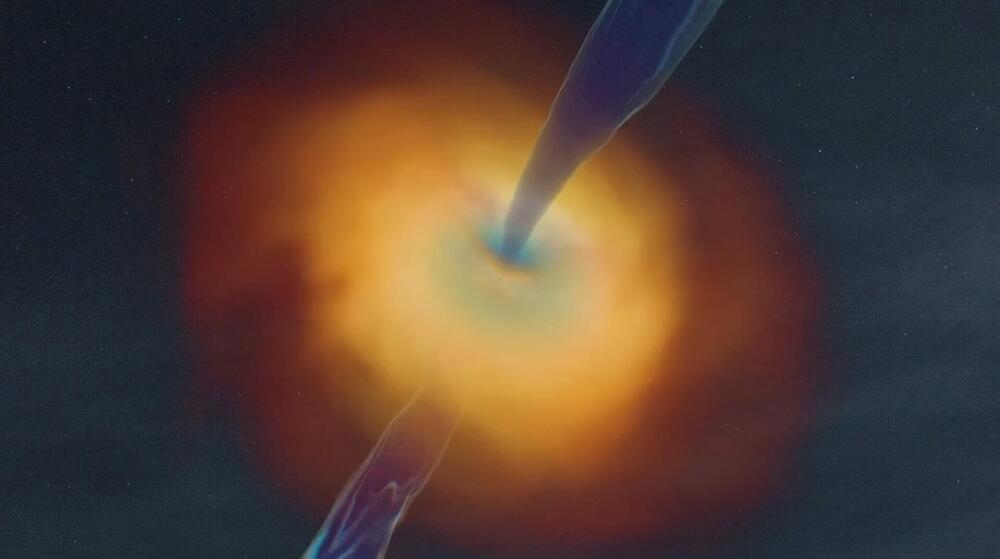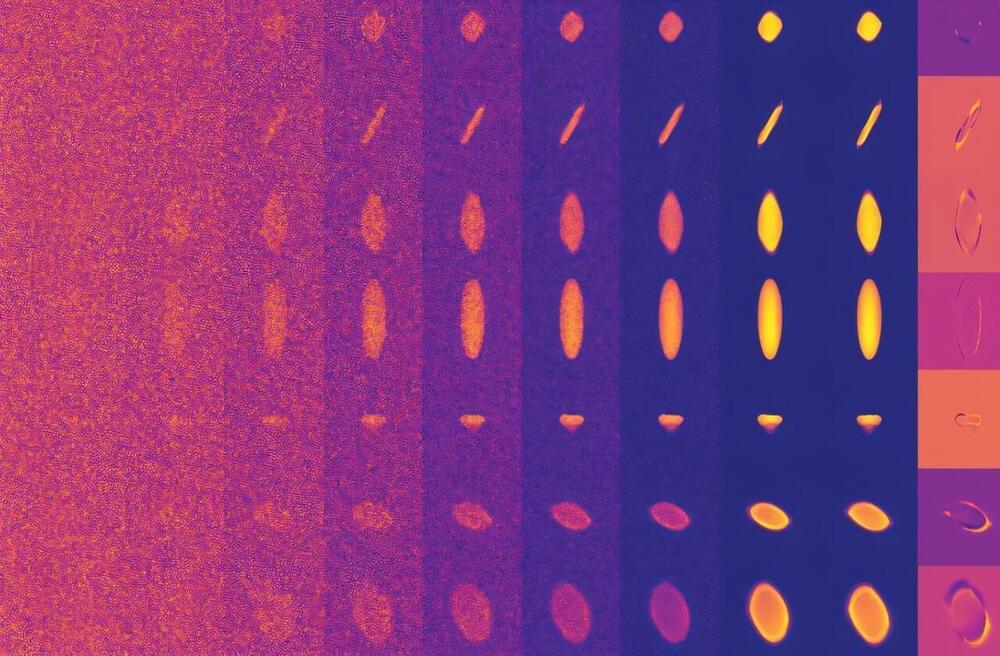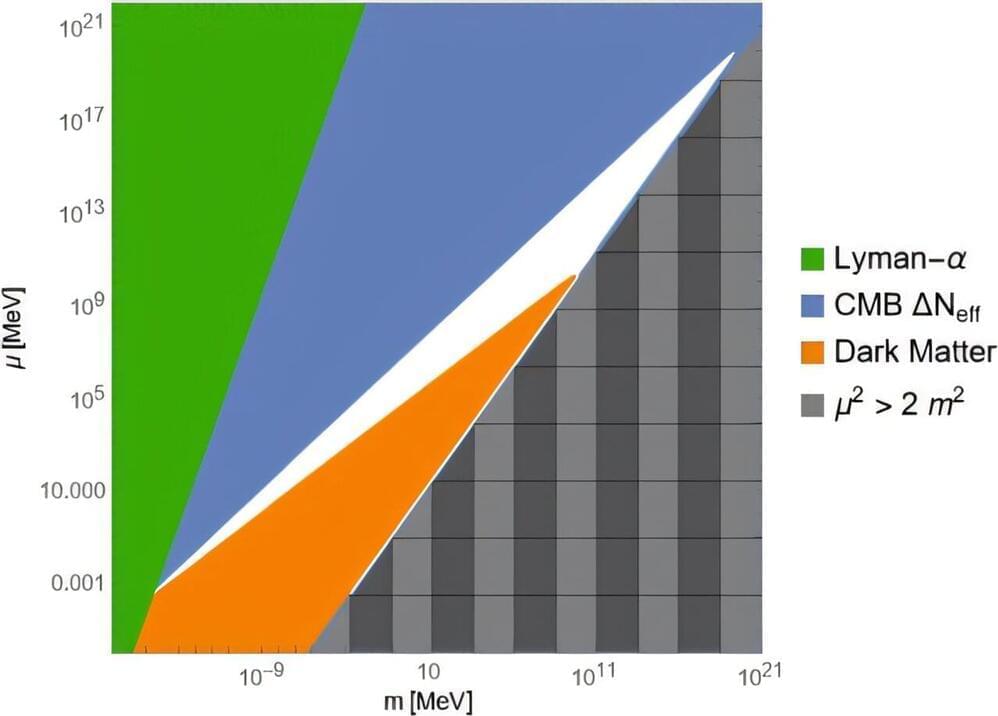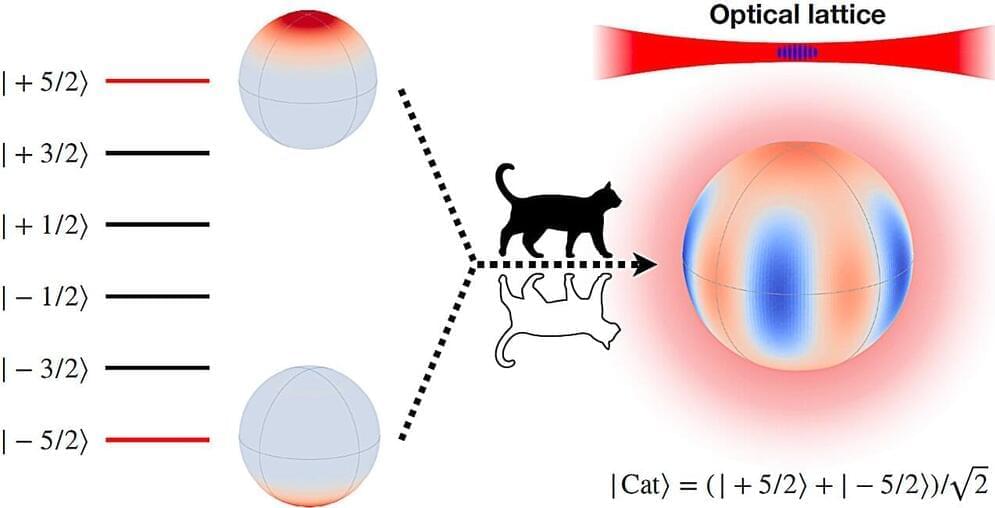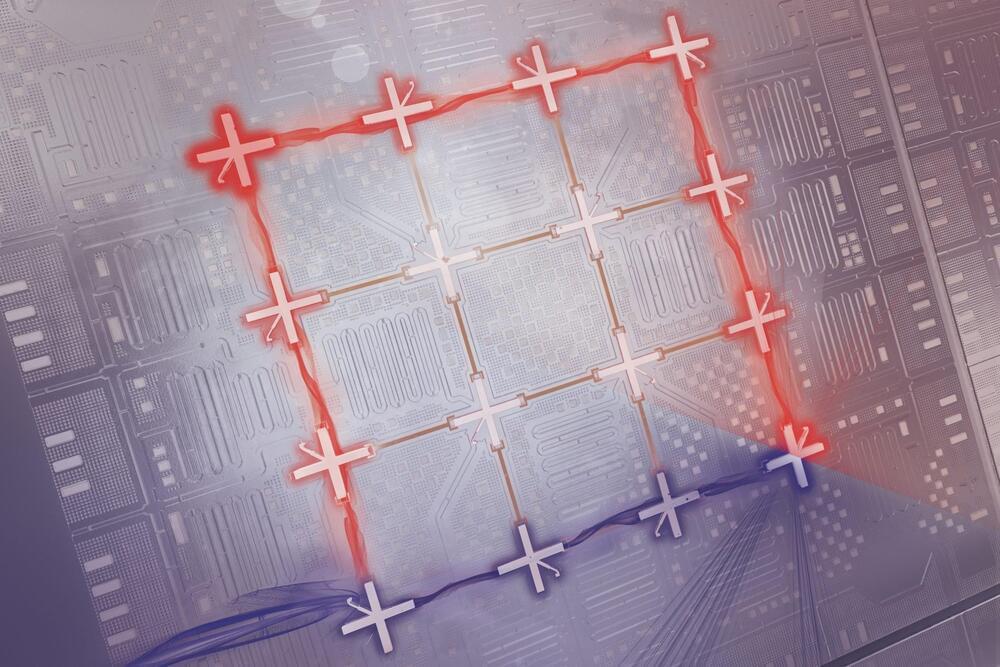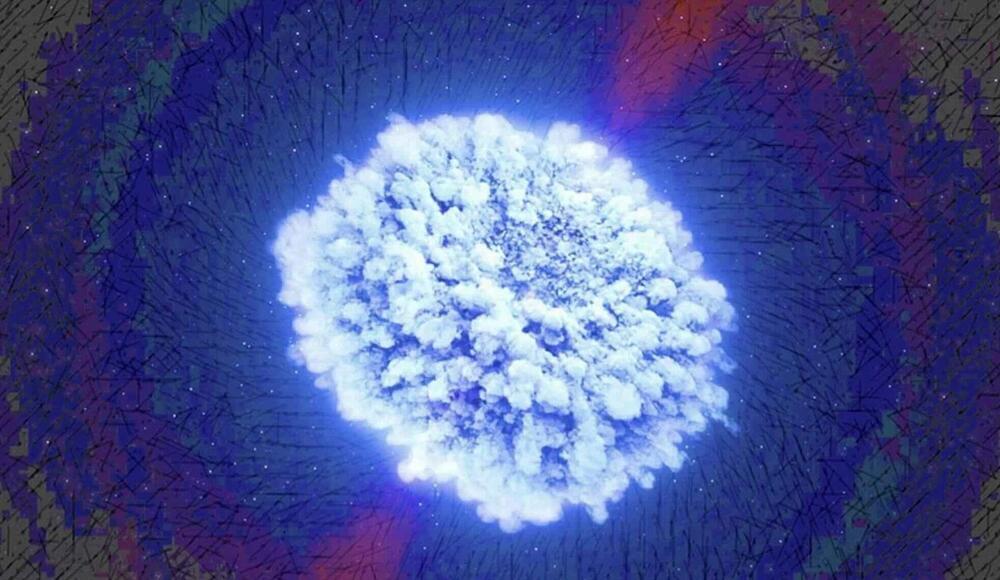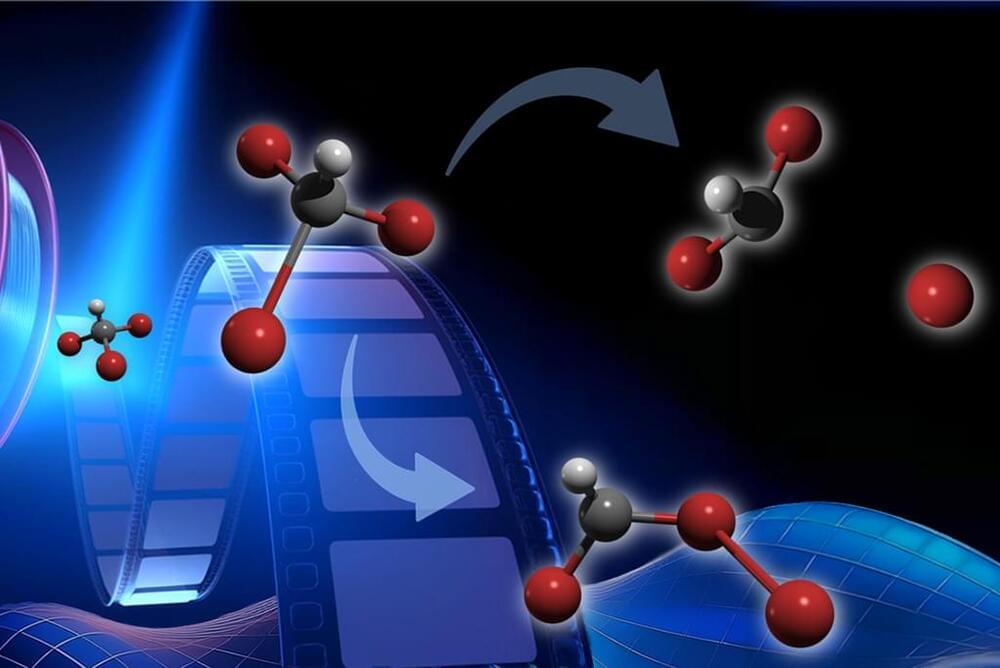Black holes are one of the most enigmatic stellar objects. While best known for swallowing up their surroundings into a gravity pit from which nothing can escape, they can also shoot off powerful jets of charged particles, leading to explosive bursts of gamma rays that can release more energy in mere seconds than our sun will emit in its entire lifetime.
For such a spectacular event to occur, a black hole needs to carry a powerful magnetic field. Where this magnetism comes from, however, has been a long-standing mystery.
Using calculations of black hole formation, scientists at the Flatiron Institute and their collaborators have finally found the origin of those magnetic fields: the collapsing parent stars of the black holes themselves. The researchers report their results November 18 in The Astrophysical Journal Letters.
